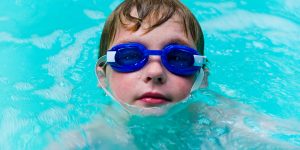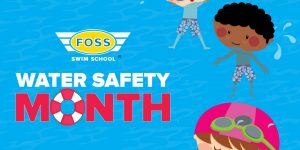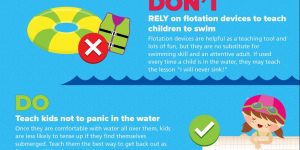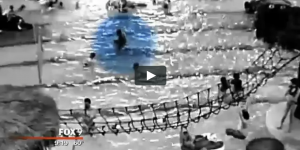Water Safety for Parents and Swimmers
Water Safety
At our core, our mission is to make people of all ages safer and more confident around water, so they can Love Water™ and all it brings to life.
We have put together articles and resources to help keep you and your family safer below.
Personal passion for safety
Jon’s Story
Co-founder Jon Foss was taught to respect the water and embrace swimming by his mother, who lost a sibling to drowning. His curriculum and approach make safety a top priority and recognize that kids swim best when they learn to love water.
Water Safety Day
One week during both our Fall and Spring Quarters, we have all of our students review and practice key water safety activities, and review with families basic water safety tips.
Safety as a pathway to fun
Our curriculum teachers developmentally-appropriate safety skills at every age and ability level. This creates more confident swimmers and parents, allowing families to enjoy the water together.
Facts Behind Drowning and Drowning Prevention
- Drowning is a silent event
- Most child drownings happen in residential pools
- Drowning is a leading cause of death for children ages 1- 4
- 9 out of 10 child related drowning deaths happen when a caregiver was supervising
- Drowning is the second leading cause of unintentional injury-related death for children ages 1- 4
- 26% of drownings happen in lakes, 25% in rivers and 23% in pools.
** Information obtained from various sources including USA Swimming, Total Programming Aquatics, The American Academy of Pediatrics, CDC, CPSC, NDPA and NIT
Drowning Prevention
- According to the National Institute of Health, swimming lessons are appropriate for consideration as part of a comprehensive drowning prevention strategy
- The National Institute of Child Health and Human Development found that children who participated in formal swimming lessons were associated with an 88% reduction in the risk of downing in children between the ages of 1 to 4
- 5 evidence-based drowning prevention strategies, according to the American Academy of Pediatrics, include: Barriers, supervision, swim lessons, life jackets, and CPR
5 Evidence-based Drowning Prevention Strategies
- Barriers
- Supervision
- Swim Lessons
- Life Jackets
- CPR















